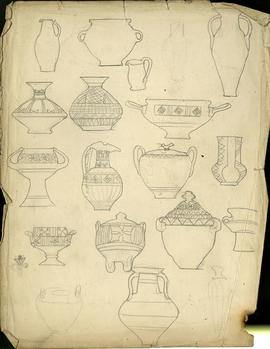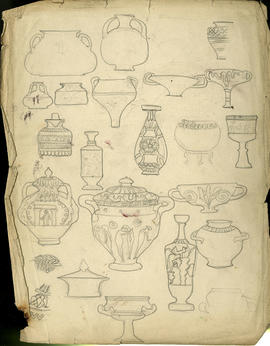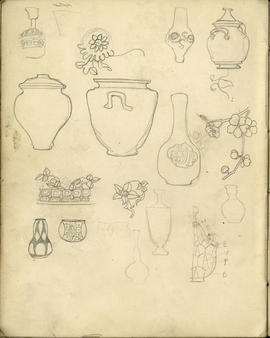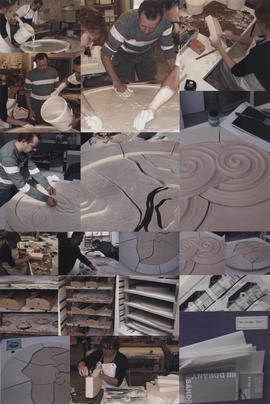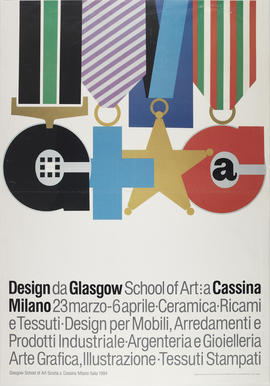- NMC/1968E
- Item
- 2019
'Obstruct': 1 of a set of 5 ceramic pots, wheel thrown with hand-built adjustments.
Artist statement: "Hostile architecture is a phenomenon with rase rise significantly throughout urban design this century. A widely recognised example of this type of design is the 'uncomfortable bench'. Interventions of this kind are now familiar, and can even be a cause of comfort to privileged audiences, but it is important to consider their sociological effects. We have replaced human interaction, nuance and empathy with hard, physical and non-negotiable solutions. Identifying five core aspects of hostile urban design - limit, control, obstruct, impede and deter - I have developed a series of ceramic cups which each embody one of these qualities."
Source: https://drive.google.com/file/d/1Pe53s2N6laNXHxxQ-RrjA5cjvuFNeUPC/view
Gray, Arvinda

